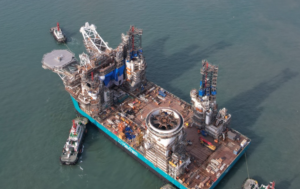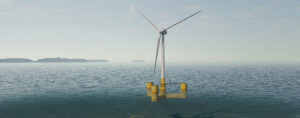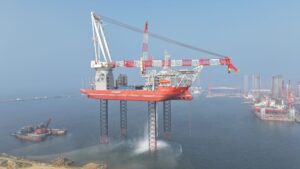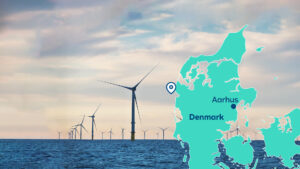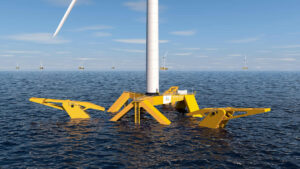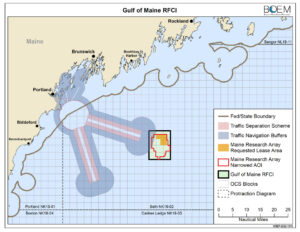University of Stuttgart: Wind Turbines Learn How to Swim (Germany)
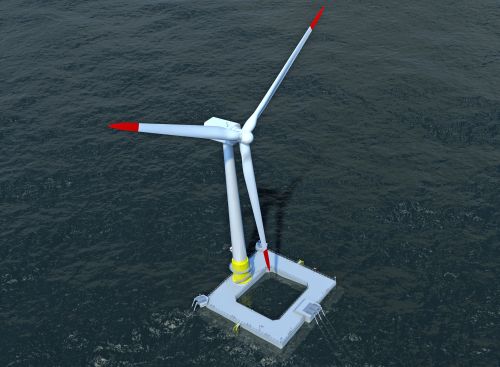
Scientists at the Stuttgart Chair of Wind Energy (SWE), University of Stuttgart now do research on floating offshore wind turbines that can be installed in water depths of more than 40 meters. This allows the use of wind energy in steep waters, for example in the Mediterranean in Spain, on the west coast of the USA or in Japan.
In the project named FLOATGEN (Demonstration of Two Floating Wind Turbine Systems for Power Generation in Southern European Deep Waters), scientists and companies from Germany, Spain, France, Great Britain, Norway and Belgium want to demonstrate the technical and economic feasibility of floating offshore wind turbines for water depths greater than 40 meters.
Such turbines are not anchored to the ground using fixed steel or concrete foundations but rather are mounted to a floating platform that, depending on the concept, can extend over hundred meters below the sea water level. A mooring system is attached to the platform and the seabed to prevent the turbine from floating away and to ensure stability. In 2015 prototypes of multi-megawatt floating offshore wind turbines are installed in Southern European waters.
Economically advantageous and flexible
The main goal of the project is the reduction of investments costs of floating turbines and the comparison to similar projects using fixed-bottom foundations. Also, a study on the environmental impact will be carried out in the project. Besides the economic advantages the scientists are motivated by additional benefits. Floating offshore wind turbines can be placed more flexible. On the one hand, they can be installed far away from the coast to minimize the visual impact. The energy yield is higher due to stronger, more consistent and more predictable winds.
On the other hand, installation close to big cities like Tokyo and New York is possible resulting in minimal transmission line costs and electrical losses. Critical environmental, commercial and military zones can be avoided easily. Even the maintenance of large components may be simplified due to the fact that floating turbines may be towed to a safe harbour for necessary repairs to avoid the rough sea.
FLOATGEN is co-financed by the European Commission’s 7th Framework Programme for Research and Technological Innovation. With a total budget of 36 million Euros and a grant of over 19 million Euros to the multinational consortium, FLOATGEN is the largest project in offshore wind energy ever co-financed by the European Commission.
Researchers at the University of Stuttgart receive a grant of 320 000 Euros and work on the computer-aided simulation of the overall system floating offshore wind turbine. The main focus is the reduction of dynamic loads induced by winds and waves and the development of an advanced control of the turbine. Due to the complex dynamic behaviour of wind turbines on floating platforms compared to fixed-bottom foundations the simulation and optimization is a particular challenge.
Partners of the FLOATGEN Consortium are: Gamesa (Coordination, Spain), IDEOL (France), University of Stuttgart, Stuttgart Chair of Wind Energy (SWE, Germany), ACCIONA Windpower (Spain), Navantia (Spain), Olav Olsen (Norway), Fraunhofer IWES (Germany), RSK Environment Ltd (Great Britain), Greenovate! Europe (Belgium), ACCIONA Energy (Spain).
[mappress]
Press release, April 24, 2013; Image: Ideol


